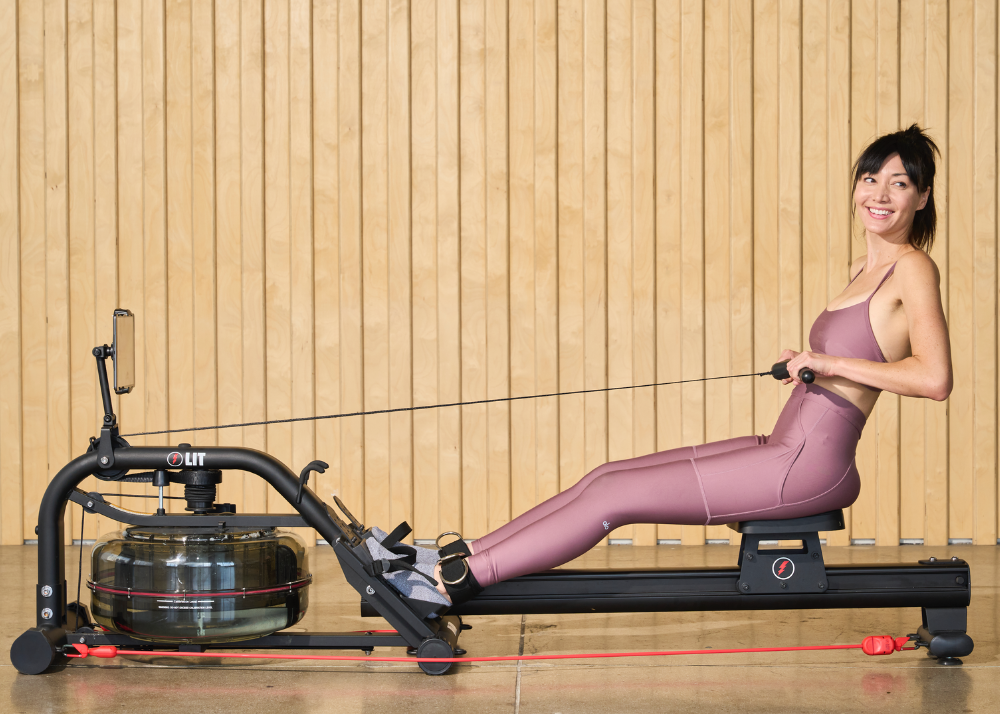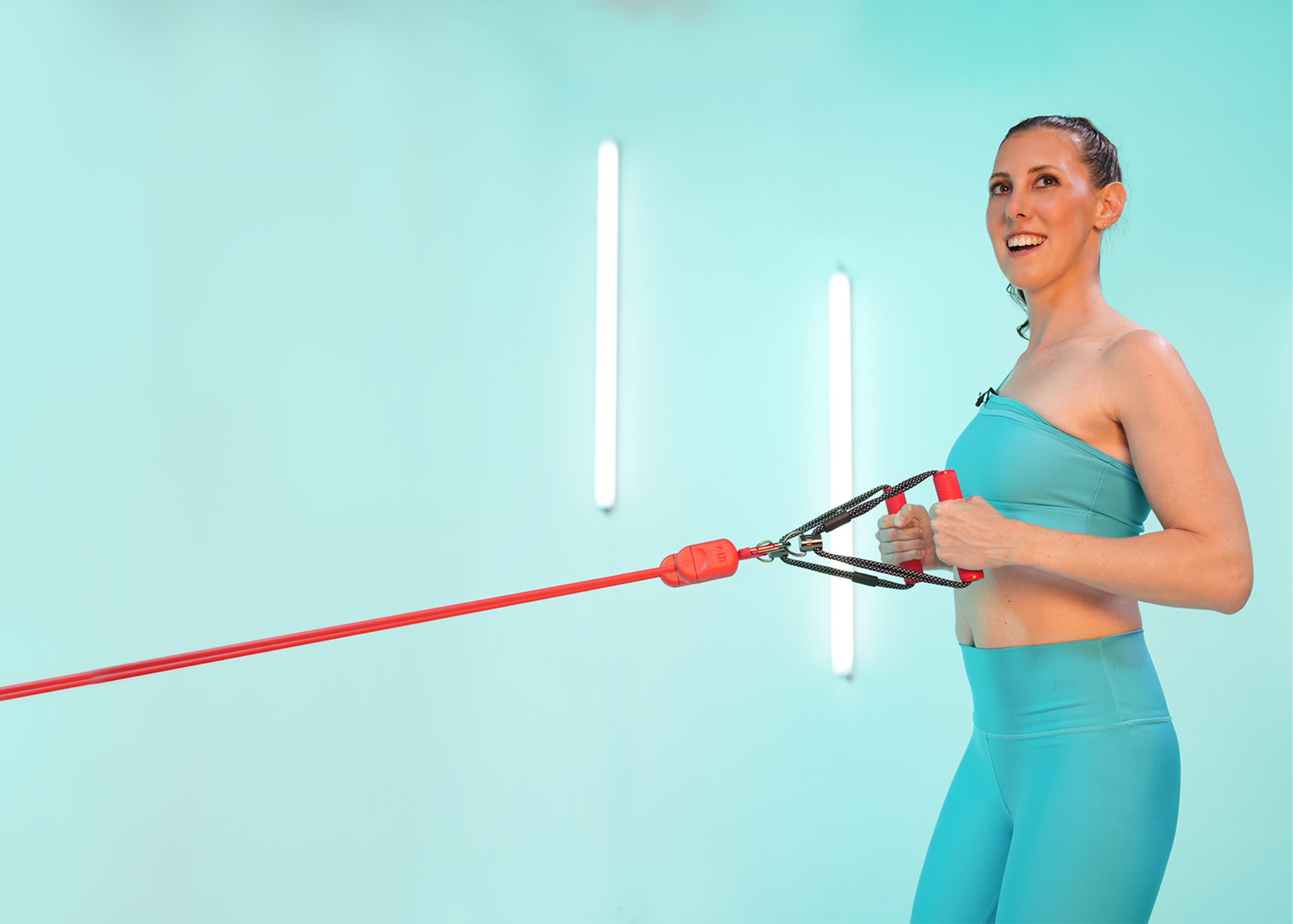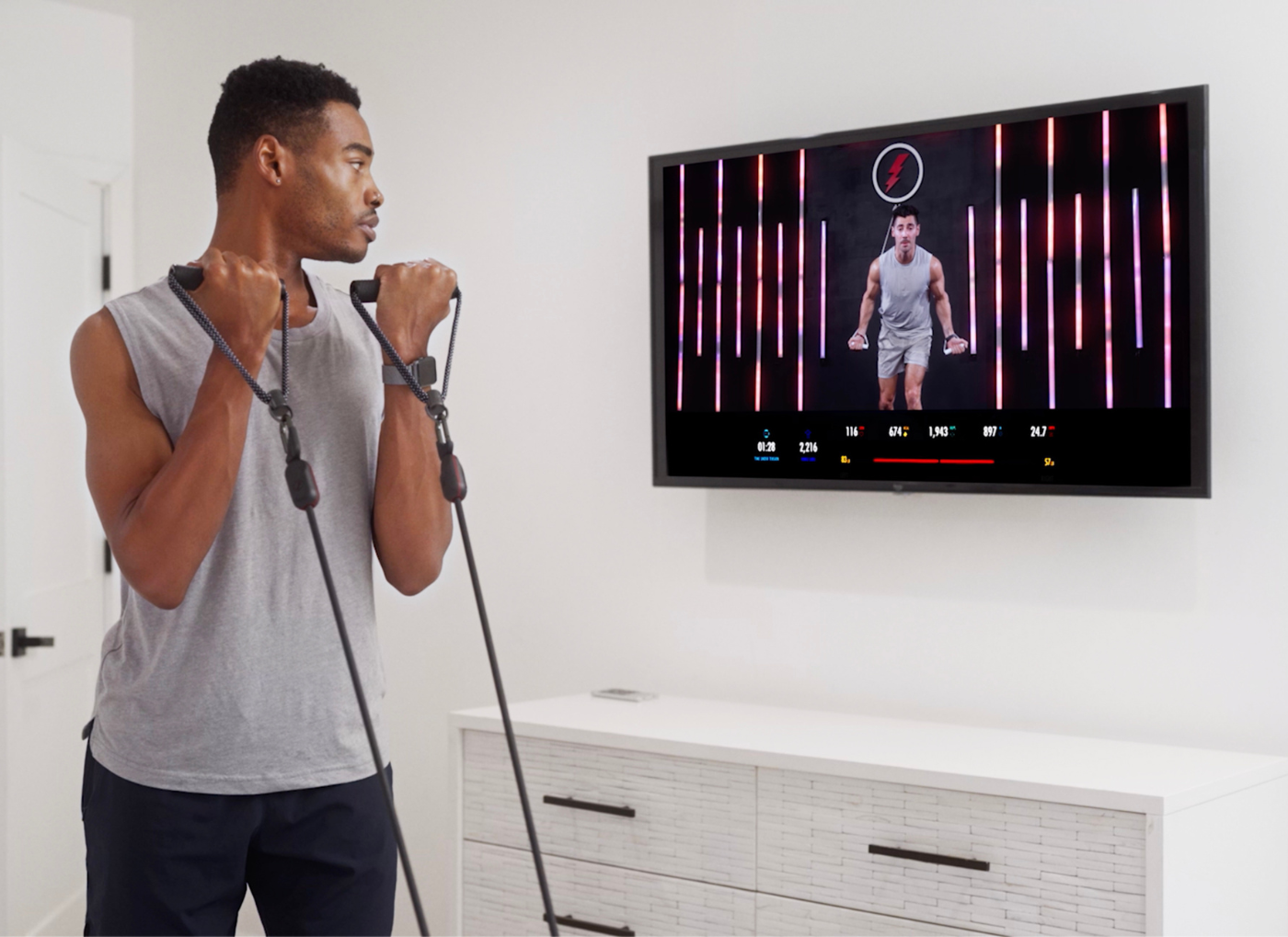A rowing machine is a low-impact but highly effective full-body workout compared to other workouts like weightlifting. It combines cardio and resistance training to engage all major muscle groups. According to the English Institute of Sport, rowing engages and activates 86% of the body's muscles.
Providing a fun way for a full-body workout, a rowing machine can build strength and endurance all in one. Let's explore what muscles do a rowing machine work.
Different muscles targeted by rowing machines
To understand how a rowing machine works and what muscles it can target, we need to look at the machine's motion closely.
Each rowing stroke consists of four phases: the catch, the drive, the finish, and the recovery. The muscle group getting activated depends on which stage you are in. All major muscle groups work concentrically to drive your movement on the rowing machine while the rest of the muscles act in opposition. This keeps the body stable and helps to control the movement.
During the catch phase of the rowing stroke, you engage your hamstrings, calves, triceps, latissimus dorsi (lats), trapezius muscle (traps), rhomboids, and glutes. As you progress into the drive phase, your quads, deltoids, biceps, lower back (erector spinae), and abdominal muscles also activate. In the finishing phase of the stroke, you use your biceps, shoulders, lats, glutes, quads, and abdominal muscles. Finally, the recovery phase engages your hamstrings, glutes, calves, and triceps.
It's easier to understand what muscle rowing works if we focus separately on the upper body, core, and lower body muscles.
Upper body muscles targeted by the rowing machine
1. Back muscles
A rowing machine activates the major back muscle groups: the rhomboids, trapezius, and latissimus dorsi (lats).
The rhomboids are the muscle groups located between the shoulder blades. During the rowing stroke, these back muscles activate when you retract to stabilize the scapulae. The trapezius muscles run laterally from the cervical to the shoulders assisting in shoulder movement and posture. The latissimus dorsi or lats are the largest muscle groups that run from the lower back to the upper arm. You engage lats during the pulling motion.
2. Shoulder muscles
The rowing works on shoulder muscle groups like the anterior and medial deltoids. The anterior deltoid muscles at the front of the shoulder assist the flexion movement. In contrast, the medial deltoid is situated on the side of the shoulder and controls shoulder abduction. Both these muscles working together enable smooth shoulder motion. Every pull during a rowing stroke activates these muscles.
3. Biceps
When pulling during rowing, the biceps brachii muscles are engaged. Located in front of the upper arm, these muscles assist in elbow flexion. Biceps brachii muscles are responsible for generating power for the stroke.
Core muscles activated by rowing
1. Abdominals
During rowing, the core muscles play a vital role in stabilizing your trunk, pelvis, and spine. If you are wondering what muscles a rowing machine works at the core, it's your rectus abdominis, commonly known as the abs. This muscle is located at the front of the abdomen and is critical for core stability. The second abdominal muscle that rowing targets are:
- The transverse abdominis
- Extending between the ribs and the pelvis
- Wrapping around the trunk from front to back
A deep muscle layer stabilizes the spine and pelvis during rowing.
2. Obliques
The oblique muscles are on the sides of the abdomen and comprise external and internal obliques.
The external oblique muscles run diagonally downward from the ribs to the pelvis, and the internal obliques lie beneath them. Both oblique sets activate together as you rotate your torso during rowing.
Lower body muscles rowing targets
1. Quadriceps
The quadriceps muscle group consists of the rectus femoris, vastus lateralis, vastus medialis, and vastus intermedius muscles. These muscles are situated on the front of the thighs and actively engage during rowing. Quadriceps get a good workout during the leg push-off phase of the rowing stroke when you extend your knee joint.
2. Hamstrings
The hamstrings are the biceps femoris, semitendinosus, and semimembranosus muscles at the back of the thighs. The primary goal of the hamstrings is to assist in knee flexion and hip extension. During the leg drive of the stroke, you activate the hamstrings.
3. Glutes
Glutes are made up of the gluteus maximus and gluteus medius muscle groups. The gluteus maximus is the most significant muscle in the body, which is also the strongest. These muscles originate from the ilium and sacrum and end on the femur. Working together, the gluteus maximus and gluteus medius aid in hip extension and stabilize the pelvis.
Now you know what muscles a rowing machine works at the upper body, core, and lower body levels. Rowing is a comprehensive full-body workout that targets various muscle groups promoting strength, endurance, and cardiovascular fitness.
While it's a great workout to engage and activate multiple muscles simultaneously, there are some muscles a rowing machine cannot target.
Which muscles does rowing not work?
1.Chest or pectoral muscles
A rowing machine is designed to mimic the natural motion of rowing on water. As such, it primarily facilitates the pulling action. During the rowing stroke, as you pull, you engage muscles in the back and arms especially. This is why a rowing machine does not actively target the chest muscles, specifically the pectoralis major and pectoralis minor.
2. Triceps
Located at the back of the upper arm, the triceps brachii muscles are also not directly targeted during rowing. During the stroke recovery phase, you use the triceps for arm extension, but still, these muscles are not as actively involved as the back and shoulder muscles.
Tips for targeting muscles more effectively with a rowing machine
- Focus on maintaining proper technique. As a rowing stroke has four phases, you must learn the appropriate posture of each phase to maximize the benefits.
- Keep your abdominal muscles and lower back engaged throughout the entire stroke. This will improve your stability and proper form during rowing.
- Always utilize the full range of motion during each stroke. Don't shorten or rush the stroke, as it will limit your muscle engagement and the effectiveness of the exercise.
- Increase resistance progressively as your strength improves to challenge your muscles further. You can also incorporate various rowing techniques and workouts to challenge muscles.
- Monitor your stroke rate and intensity to ensure you progress without sacrificing proper form.
LIT Strength Machine: The Ultimate Rower
LIT Strength Machine is the brainchild of trainers Justin and Taylor Norris, who believe in the power of low-impact training. A 3-in-1 machine, this rower also doubles up as a Pilates reformer and a strength trainer. Due to its innovative design, you can perform over 500 low-impact exercises, including rowing, cardio, barre, strength training, physical therapy, and Pilates.

Furthermore, thanks to the LIT app, this water rower doesn't use electricity but can still track all critical metrics such as speed, distance, repetitions, time under tension, and total volume.
Not only performance and progress metrics, but you also get live, on-demand professional coaching for workouts explicitly customized for your needs.
Conclusion
Now that you understand what muscles do rowing work, you know why a rowing machine is an excellent tool for an exceptional full-body workout. By engaging various muscle groups simultaneously, a rower promotes muscle building and cardiovascular fitness and helps with calorie burning.
With a rowing machine like the LIT Strength Machine, you can easily target the upper body, core, and lower body muscles.
Frequently asked questions
How long should a rowing machine workout be?
Depending on your fitness level and goals, a rowing machine workout can range from 20 to 30 minutes for beginners, extending up to 60 minutes for more advanced individuals.
Can rowing machines help with weight loss?
Yes, rowing is a full-body workout that burns calories by engaging multiple muscle groups. You can improve body composition and lose weight faster by combining rowing with a balanced diet.
Are rowing machines suitable for beginners?
Rowing machines like the LIT Strength Machine are designed to be suitable for beginners and experienced users alike. They match any fitness level by facilitating low-impact cardiovascular exercises through adjustable resistance.
How often should I use a rowing machine?
The frequency of rowing machine workouts depends on your goals, fitness level, and overall exercise routine. Generally, 2-3 sessions per week workout is ideal for fitness. You may row more frequently for specific goals like weight loss.
Can rowing help improve posture?
Yes, rowing can help improve posture. A rowing machine targets your back muscles and shoulders to help strengthen and improve postural alignment. This contributes to better posture over time.




